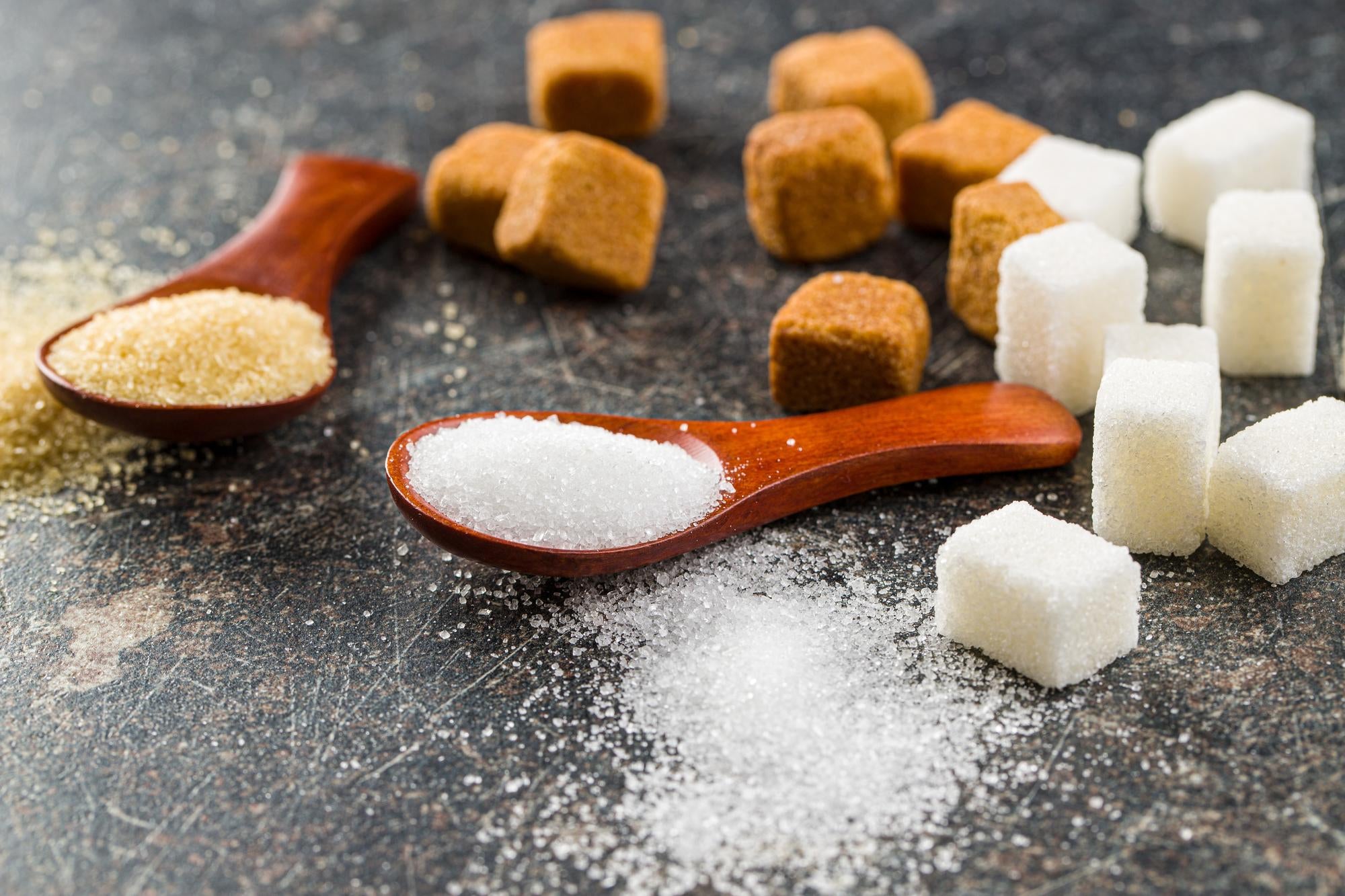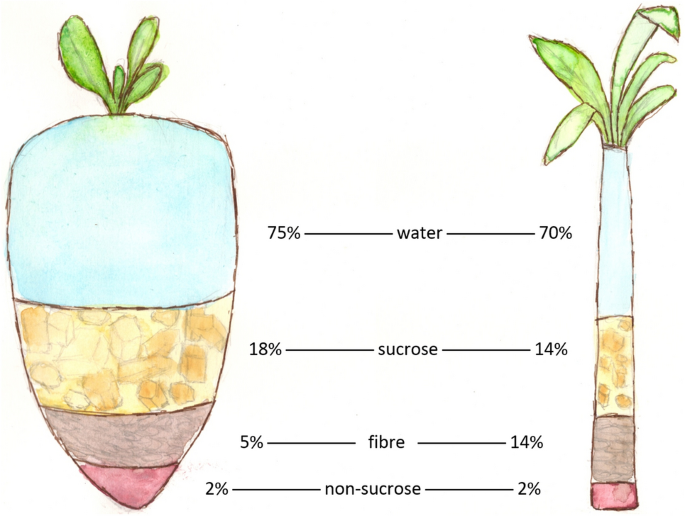Discover the Uses and Conveniences of Beet Sugar Vs Cane Sugar in Your Daily Diet Regimen
Discovering the distinct qualities of beet and cane sugar discloses greater than simply their sweetening abilities; it highlights their distinct effect on health and wellness and cooking arts. Beet sugar, recognized for its subtle taste, is typically favored in delicate treats, whereas cane sugar, with its tip of molasses, includes richness to robust recipes. Each kind holds its own dietary profile and glycemic implications, welcoming a much deeper understanding of their duties in a well balanced diet regimen and lasting intake techniques.
Origin and Manufacturing Procedures of Beet and Cane Sugar

The distinct climates and dirt types required for growing sugar beetroots and sugarcane add to distinctions in their cultivation methods and geographical distribution, influencing the economics and sustainability of their manufacturing. beet sugar vs cane sugar.
Nutritional Contrast In Between Beet Sugar and Cane Sugar
In spite of originating from various plants, beet sugar and cane sugar are nutritionally very comparable, both largely including sucrose. Each provides regarding 4 calories per gram, equating to about 16 calories per tsp. Structurally, both sugars are made up of around 99.95% sucrose, with very little amounts of other substances like moisture and trace minerals, which do not significantly alter their nutritional accounts.

Ultimately, when choosing in between beet sugar and cane sugar based upon dietary web content alone, both offer identical advantages and downsides as they are essentially kinds of the exact same molecule-- sucrose, providing quick energy without various other nutrients.
Influence on Wellness: Glycemic Index and Caloric Material
Discovering additionally right into the impacts of beet sugar and cane sugar on wellness, it is vital to consider their glycemic index and caloric material. The glycemic index (GI) of both beet and cane sugar is around 65, classifying them as high-GI foods, which can trigger quick spikes in blood glucose levels.
Each type of sugar includes around 4 calories per gram, making their calorie web content equivalent. For those keeping track of calorie intake, particularly when taking care of weight or metabolic health and wellness problems, understanding this equivalence is crucial (beet sugar vs cane sugar). However, too much intake of any high-calorie, high-GI food can add to health problems he has a good point such as weight problems, you could look here heart problem, and insulin resistance.
Environmental and Economic Considerations of Sugar Production
Beyond health impacts, the manufacturing of beet and cane sugar likewise raises considerable environmental and economic concerns. Sugar beet cultivation tends to need cooler climates and has a lower geographical impact compared to sugar cane, which thrives in tropical regions. Nevertheless, both crops are intensive in regards to water usage and land line of work, potentially causing deforestation and water deficiency. Economically, the global sugar market is highly volatile, influenced by adjustments in global trade policies and aids. Lots of countries incentivize sugar manufacturing via financial backing, skewing market value and impacting small farmers adversely.
In addition, making use of chemicals and plant foods in both beet and cane sugar cultivation can cause soil degradation and pollution, additional impacting biodiversity and regional water bodies (beet sugar vs cane sugar). The choice between growing sugar beet or cane commonly hinges on regional ecological problems and financial factors, making the sustainability of sugar production a complex problem
Culinary Applications and Flavor Distinctions
While the ecological and economic facets of sugar production are without a doubt significant, the selection in between beet and cane sugar additionally affects cooking applications and taste profiles. Beet sugar, acquired from the sugar beet plant, is known for its remarkably neutral taste.
Walking stick sugar, removed from sugarcane, commonly maintains molasses traces, which present an unique richness and deepness. This slight molasses flavor boosts the complexity of baked products, sauces, and sauces. It is particularly preferred in items where a caramel undertone is desired, such as in brownies or gingerbread. The slight variation in wetness material between beet and cane sugar can influence the texture and uniformity of meals, making cane sugar a favored option for details dishes that benefit from its distinct residential properties.

Final Thought
In conclusion, both beet and cane sugar have distinct beginnings and manufacturing processes, offering comparable nutritional accounts with small differences in sodium content and taste. While their effect on health, particularly regarding glycemic index and calories, is similar, the choice between them commonly boils down to ecological, financial variables, and specific culinary requirements. Comprehending try this website these facets can assist customers in making educated choices that align with their health objectives and taste choices.